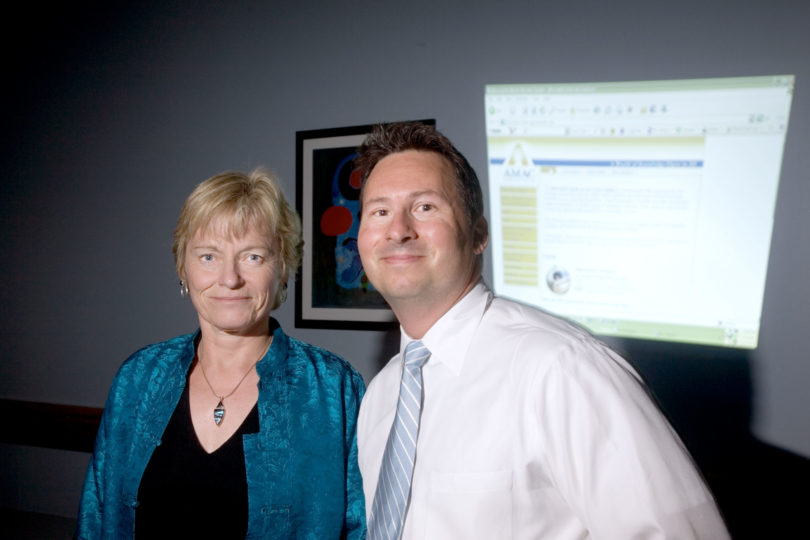More than 6,000 students challenged by learning disabilities, visual impairments and mobility attend the University System of Georgia’s 35 colleges and universities.
A new center based at UGA offers these students and others access to alternative media, assistive technology and training.
The Alternative Media Access Center, which opened July 1, is the nation’s first service and research program to offer a central hub for alternative media for those with print-related disabilities.
Federal law requires higher education institutions to provide alternative media to students who need it. However, according to a 2005 study from the Association on Higher Education and Disability, only 18 percent of students with disabilities in post-secondary institutions nationwide use alternative media.
“That number is alarmingly low,” said Christopher Lee, interim director of the AMAC and a program coordinator at the UGA Regents Center for Learning Disorders.
Why do so few students use alternative means to assist them in earning their degree?
“Until now, there has never been an efficient way for students with print-related disabilities to access knowledge. AMAC is the future of alternative media,” said Noel Gregg, co-founder of AMAC and UGA Distinguished Research Professor in the College of Education’s communication sciences and special education department.
The new center is a partner of the Regents Center for Learning Disorders and funded by the University System of Georgia Board of Regents and Advanced Learning Technologies. It is accessible to students at Georgia’s higher
education institutions, but they must have documented proof of their disability before accessing the site via user name and password.
“The flaw with the old system is that there was no central repository for schools in the system,” said Gregg. “There was no teamwork.”
Without an alternative media hub it was difficult for institutions to efficiently share information.
If materials were shared between institutions, it was a very laborious and expensive process that involved tape recording books or mailing them out on CDs, Gregg explained.
Now, AMAC allows students to have online access to all of their courses, books and adaptive software at all times on one Web site, and each of the institutions in the system can access the books through the repository, said Lee.
Additionally, students will have the option of sending their files to iPods and MP3 players.
“We are empowering students,” Gregg said, “allowing students to have access to knowledge like never before, without having to depend on anybody.
“The long-term goal is for the center to be accessible internationally. It could be right now if we had the staff,” Gregg added, noting that within a few years, the center will contract out its services to universities and employers worldwide.








